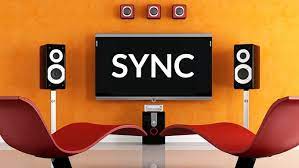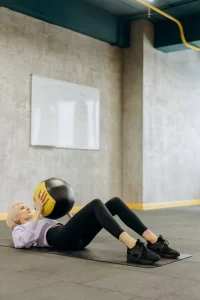What is Sync Licensing, and how does it work? You can get your music in movies, TV and other media.
How can a sync agreement impact your music career?
Aligning yourself with a brand, product, or idea can create a community around your music.
If you are passionate about reducing your carbon footprint, you might consider a placement with an environmentally-friendly company.
This can make your career change and allow you to broadcast your music to a new audience, sometimes in new countries.
Sync placements can also increase your streaming numbers and increase your subscribers. Those who find you through sync placements are more likely to be a part of your community and dig deeper into your discography.
What does synchronous licensing work for?
The sync journey starts with Music Supervisors giving “briefs” to Music Publishers.
This brief is relevant to the current project they are working on. A sports brand might be looking for hip-hop artists to perform in their ads for a new range of shoes.
The publisher will then go through their artist list and find the music that suits the brief.
The best part is that a flat fee for a sync licence will be charged.
A sync license allows a brand to use a specific piece of music in its content. The price for one placement can reach $10,000 or more and is typically negotiated individually.
It gets even better.
Additional music royalty will also be collected and paid for every placement. This means that one sync placed well could earn royalties for many years!
You might think that this is only for huge artists with large fan bases. You’d be wrong…
Sync isn’t just for big artists. It is a great way to help artists fund their music careers, regardless of their stage in life. Any song can be released as long as it fits the visuals.
YouTube and TikTok are two of the most prominent players in the world sync. They have started to act as pseudo-A&R companies, finding emerging artists on their platform and then ‘breaking’ them with an advertisement campaign. All the while, they maintain authenticity.
How do I get a synchronic music deal?
We now know what sync means and why it is so important for artists. Do you want to know what it takes to get a sync deal?
Start by having your music “sync-ready”. Here’s how.
Copyrights Licenses and copyrights
To be eligible for sync placements of music, you must first obtain two licenses.
- This is the master copyright that covers the song’s sound recordings and is typically held by the artist/record label.
- This is the publishing copyright. It covers the song’s content and is usually owned by the songwriter. Your publisher will own the music publishing contract if you sign it. To clear the license, all songwriters must give their permission.
Metadata
When it comes to landing a highly sought-after sync placement, metadata is crucial.
- To be eligible to pitch for sync, ensure that your metadata is correct and present.
- To ensure that your license is easily cleared, the names of the composer and any co-writers must all be correct.
Collection Societies
Join a collection society. Even if your pitch isn’t for sync yet, get involved anyway.
They will need to clear the sync license. You must be a member of your country’s royalty collection societies.
Ditto Music Publishing can register you with collection societies around the globe. If you have an existing registration with a collection society, you must provide us with the correct information, including your writer number.
I hope that everything is clear so far. Here are some tips to increase your chances of landing a sync job.
- All your assets should be kept safe. Keep the main version of your song, the instrumental and clean versions, and the Stems ready for use in case you are asked.
- If you need to promote the sync, have your artwork, lyrics and press photos ready.
- Your social media channels should be active and engaging. This will make you stand out when it comes to attracting the attention of potential music supervisors.














Post Comment